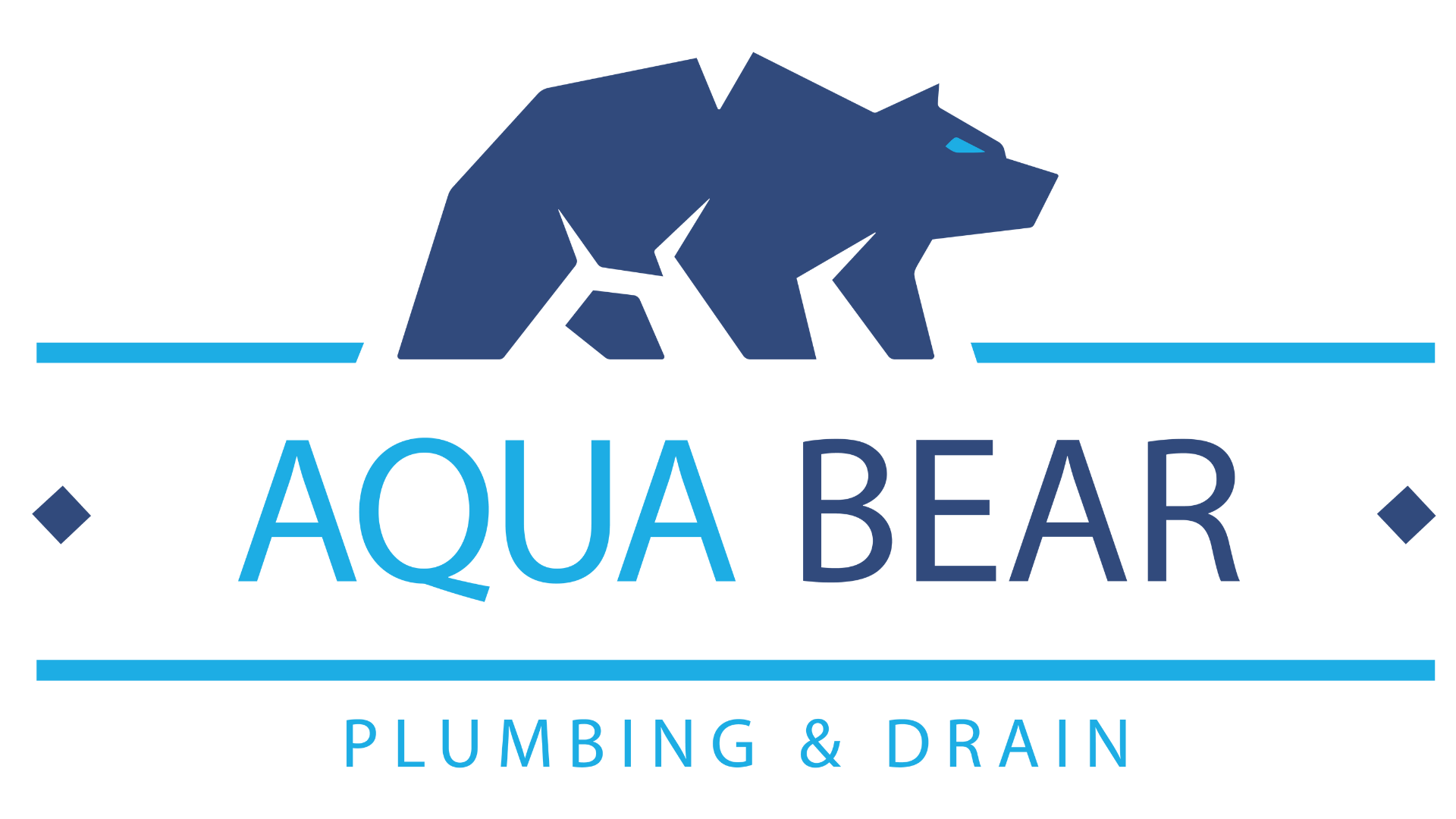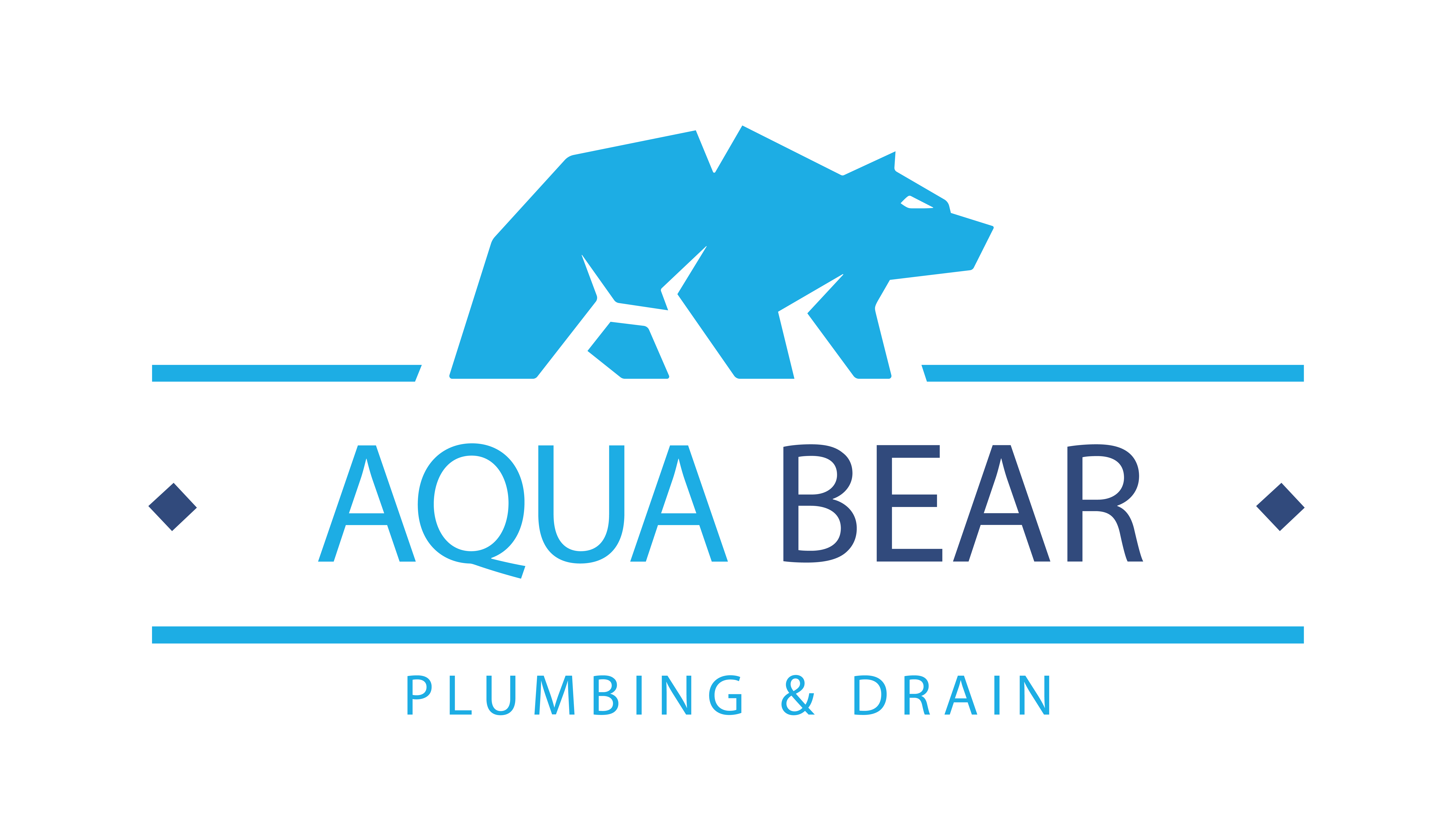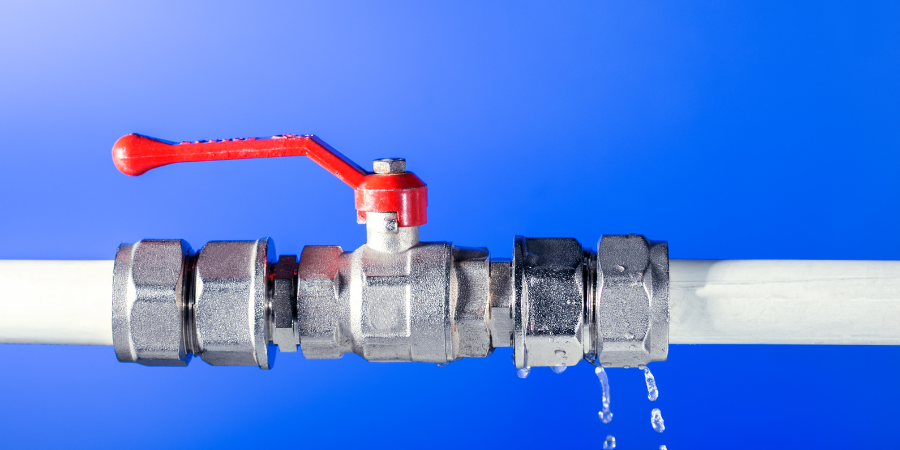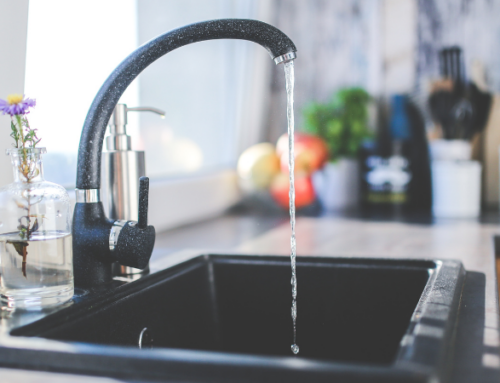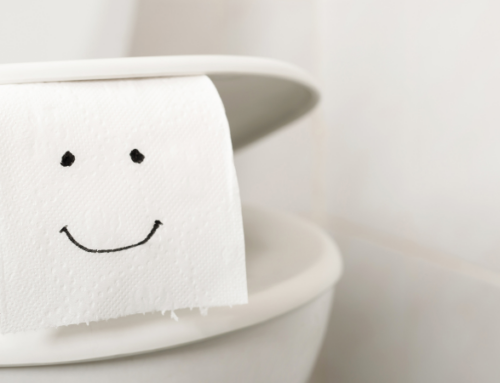In this article, we will delve into the intricacies of water hammer, shedding light on its causes, impacts, and preventive measures. As we progress, readers will gain a comprehensive understanding of how to effectively diagnose and address water hammer issues, ensuring the longevity and efficiency of their plumbing systems.
Causes Of Water Hammer
Water hammer typically arises in high-pressure water systems when a valve closes suddenly at the end of a pipeline system, creating a pressure wave in the pipe. This section will explore its causes by examining the role of velocity, pipe materials used, water flow, and plumbing installations and how these factors may contribute to water hammer.
Fluid Velocity And Its Impact On Water Hammer
The impact of fluid velocity on water hammer can be dramatic. Faster-flowing water has less time to slow down gradually, resulting in more abrupt and forceful stops when a valve closes. This sudden cessation generates a more intense pressure wave.
Conversely, slower water flow typically results in less severe pressure spikes due to the reduced speed. Slower moving water, however, can still cause water hammer to occur.
Pipe Materials And Water Hammer
The choice of pipe material impacts how a plumbing system responds to water hammer due to differences in properties like elasticity, strength, and sound transmission.
Metal Pipes (Copper, Steel)
These materials are rigid and durable, which makes them less likely to burst under pressure. However, their rigidity also means that they transmit shock waves more effectively, which can maximize water hammer effects. Metal pipes are also prone to joint weakening and can be noisy when shock waves pass through them.
Plastic Pipes (PVC, PEX)
These materials are more flexible than metal, allowing them to absorb some of the energy from shock waves, which can reduce the severity of water hammer. However, if not adequately supported, they may be more susceptible to deformation or bursting under extreme pressure spikes.
Composite Materials
Newer to the market, composite pipes combine the benefits of both metal and plastic, offering durability and flexibility. These materials can effectively reduce water hammer effects while providing a robust and long-lasting plumbing solution.
Water Flow and Water Hammer
The relationship between fluid flow and water hammer is intricately linked to the concepts of fluid dynamics. The speed at which water travels through a pipe significantly influences the intensity of the water hammer effect. Faster flow rates mean higher kinetic energy, which can lead to more severe water hammer when the flow is suddenly stopped. The momentum of the moving water does not dissipate instantaneously; instead, it is forced backwards at the point of sudden closure, creating a shockwave.
In summary, the relationship between water hammer and the materials and installation techniques used in plumbing is intricate. Choosing the right materials and employing thoughtful installation practices are essential for minimizing the potential damage caused by water hammer. These considerations not only enhance the system’s durability and performance but also ensure safety, operational reliability, and quieter plumbing.
Proper Installation
Adhering to certain plumbing practices can prevent the occurrence of water hammer. This subsection will outline best practices in system design, including pipe sizing, securing, and routing, which help in absorbing shocks and minimizing pressure surges.
Properly securing plumbing pipes is a vital preventive measure against water hammer, as it stabilizes the system against sudden shocks. When pipes are securely fastened with appropriate clamps and supports along their length, this reduces their movement during the rapid pressure changes that occur during water hammer events. By limiting the physical motion of the pipes, the risk of vibrations, banging noises, and stresses at joint connections is significantly minimized. This stabilization not only helps in dampening the effects of pressure surges but also enhances the overall durability and reliability of the plumbing infrastructure, preventing leaks and structural damage over time.
Additionally, installing pipes in configurations that avoid sharp turns and sudden changes in diameter can help reduce the velocity changes that contribute to water hammer. Planners often design systems with gentle curves and gradual transitions to mitigate abrupt stops in flow.
Water Hammer And Its Impact On Plumbing Systems
While the sound is extremely nerve-wracking, the repercussions of water hammer extend beyond the mere noise. This section will discuss the potential damages caused by these shock waves, including joint weakening, pipe bursting, and premature wear and tear.
Joint Weakening
The phenomenon of water hammer can exert a significant strain on plumbing joints, leading to their gradual weakening over time. When the shockwave from a suddenly closed valve travels through the system, it impacts the joints and connections with immense force.
These repeated surges increase the stress on fittings, which might not be initially designed to withstand such intermittent yet powerful pressures. Over time, this can result in loosening, cracks, or even complete failure of the joints, causing leaks and compromising the structural integrity of the entire plumbing system. Addressing water hammer is essential not only for noise reduction but also for maintaining the durability and reliability of plumbing installations.
Pipe Bursting
Pipe bursting associated with water hammer is a critical issue that occurs when the sudden pressure spikes within the plumbing system exceed the pipe’s ability to withstand such forces. As valves close abruptly, the resultant shockwave can cause a rapid increase in pressure, sometimes momentarily doubling or tripling the normal operating pressure.
Pipes, particularly those that are older, corroded, or not adequately supported, are vulnerable to these intense pressures. The structural integrity of the pipe may be compromised, leading to catastrophic failures like bursts. This not only results in significant water damage but also necessitates costly repairs and replacements. Preventing water hammer and routinely inspecting the plumbing system for vulnerabilities are essential steps in averting such disruptive and expensive incidents.
Wear And Tear
Water hammer significantly accelerates the wear and tear on plumbing pipes and fixture components, reducing their functional lifespan and leading to more frequent maintenance and replacement needs. Each incident of water hammer generates a high-pressure wave that travels through the plumbing system, stressing pipes and fixtures alike.
Over time, these repeated shocks can cause micro-fractures in metal pipes and wear down the internal components of fixtures, such as valves and washers. Additionally, the violent shaking involved may loosen connections and fittings, exacerbating the potential for leaks and other mechanical failures. To maintain the longevity and efficiency of a plumbing system, it is crucial to implement measures that mitigate the effects of water hammer, thereby reducing the physical stress inflicted upon the system’s components.
Solutions And Preventive Measures
Although water hammer negatively affects plumbing systems, the good news is that it can be controlled. Professionals can significantly mitigate the effects of water hammer by properly installing plumbing pipes and incorporating devices such as pressure-reducing valves and air chambers. This section will describe these solutions in more detail and their role in stabilizing water pressure within the plumbing system.
Pressure Reducing Valves
Pressure reducing valves play a crucial role in counteracting water hammer by controlling and stabilizing the water pressure within plumbing systems.
How They Work
These valves automatically adjust the water flow to maintain a consistent, predetermined pressure level despite fluctuations in the supply line. By doing so, they limit the speed at which water flows through the pipes, reducing the kinetic energy that contributes to severe pressure spikes when valves are quickly shut off. This controlled flow lessens the impact of the sudden stops that cause water hammer, thereby protecting pipes and fixtures from the damaging effects of these pressure surges.
Benefits Of Pressure Reducing Valves
Pressure-reducing valves contribute to the overall health of a plumbing system by preventing high-pressure conditions that can exacerbate water hammer and lead to pipe fatigue or failure. These valves are particularly beneficial in high-rise buildings or in systems connected to municipal water supplies with variable pressures. By ensuring that the water pressure remains within safe limits, these valves not only mitigate the risks associated with water hammer but also enhance the efficiency and longevity of the plumbing system, reducing the need for frequent repairs and maintenance.
Air Chambers
Air chambers are an effective solution for preventing water hammer in plumbing systems. These devices function as shock absorbers, mitigating the impact of sudden pressure surges caused by the rapid closing of valves. Typically installed near fixtures prone to causing water hammer, such as dishwashers, washing machines, and faucets, air chambers are simple yet crucial components.
How Air Chambers Work
An air chamber is essentially a vertical pipe located next to a valve designed to trap air within its confines. When a valve closes suddenly, and water flow is halted, the resulting pressure surge pushes water into the air chamber. The trapped air inside the chamber compresses under this pressure, absorbing the shock and gradually releasing the energy back into the water in a controlled manner.
Looking To Manage Water Hammer?
Throughout this discussion, we have examined the phenomenon of water hammer from its fundamental causes to the advanced solutions available for its mitigation. By understanding the mechanics behind water hammer and implementing appropriate measures, homeowners and professionals can safeguard their plumbing infrastructure from its potentially damaging effects.
If you suspect that your plumbing system is susceptible to water hammer, it is imperative to consult with a professional plumber who can offer tailored solutions. Aqua Bear Plumbing and Drain offers plumbing services to combat water hammer, ensuring your system is equipped to manage sudden pressure changes. This will not only extend its lifespan but also enhance its performance. Don’t wait for the signs of damage—act now to protect your plumbing investment. Give us a call and put your mind at ease. We guarantee your plumbing system will be noise-free!
